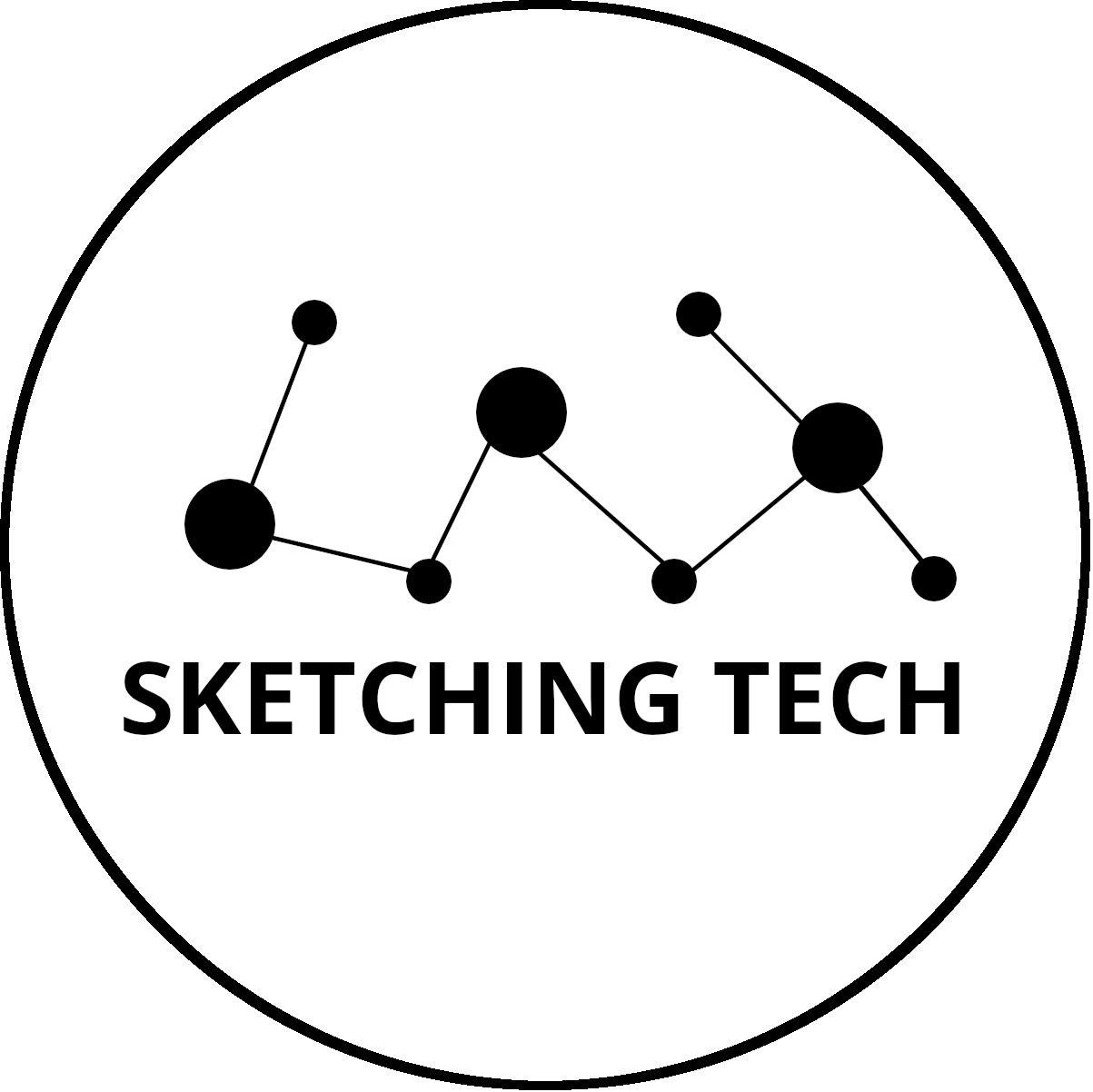With the introduction of new Wireless LAN Controllers (WLC) and Access Points (APs), Cisco changed the licensing mode to align these technologies with their smart licensing scheme. With this transition many questions arise regarding the migration or upgrade process of your legacy infrastructure to support new technologies.
Before this change, the licensing was perpetual and related to the WLC, now the licenses are subscription-based and associated to the APs.
The new WLC in the scope of this post is the Cisco Catalyst 9800 Series Wireless Controllers, which require mandatory Smart Licensing. This provides ease of use for Cisco DNA license management, consumption, and tracking.
No licenses are required to boot up a C9800 WLC. However, in order to connect any access points to the controller, Cisco DNA licenses are required. The different cases can be summarized with the following chart:

Cisco DNA wireless subscription supported platforms.
According to Cisco documentation these are the platform supported by the subscription-based model
Access-point platforms:
- All Cisco Aironet 802.11ac Wave 2 access points and Cisco Catalyst 9100 Access Points are fully supported.
- Cisco Aironet 802.11ac Wave 1 access points are supported with limited capabilities.
Wireless LAN Controller (WLC) platforms:
- Cisco 3504, 5520, 8540.
- Cisco Catalyst 9800 controller.
Even though this information is widely available, I still had some doubts about the next steps or the natural migration process for some cases.
By the time of this post writing, I’ve only come across these three scenarios, but they might be useful to extrapolate for any case not explicitly stated here.
In all cases, as always, we have to take into account the compatibility matrix for the different platforms, and I’m assuming that, generally speaking, this is correct for each case.
- Keep older controllers that DO NOT support DNA subscription (e.g. 5508):
- New AP models are not supported and the DNA license should not be bought since it won't be supported.
- If the controller doesn't have enough licenses to support a higher number of APs, a license upgrade should be bought as always (perpetual in WLC) for the amount needed (e.g. L-LIC-CT5508-UPG)
- Keep older controllers that support DNA subscription (e.g. 5520):
- Within these controllers, both licensing models can coexist. (perpetual and subscription), so there is no need to migrate previous licenses from perpetual to DNA.
- If the APs are supported (e.g. AIR-AP3802I-E-K9) and support the new licensing model (DNA), you can start buying the APs with the DNA license included (if needed), since these controllers support this licensing mode.
- No changes in the controller related to the licensing must be done, it's still Right to Use (RTU).
What happens behind the scene is that any new AP with mandatory DNA subscription (9100, 4800) brings a "WLC-AP-T" code, which can be used in any controller.
With this code the increment of RTU licenses is permitted in the WLC by as many units as there were acquired. - Change older controllers for new ones (e.g. C9800):
- As stated before, the use of Smart Licensing in this controller is mandatory
- All supported APs must be bought with the new licensing model (DNA).
- Regarding the older licenses (perpetual in WLC), these must be migrated to a subscription license (DNA), buying "AIR-DNA licenses" and asking the partner for migration credits (promotion).
- The licenses will be taken from the pools defined in the smart account, for new APs and for migrated ones. The smart licensing configuration for this new controller can be found in Cisco's Guide
To close this topic for now, is worth to note, that there is a promotion at the moment from 50% off within cisco for the new C9800 ordering at least 100 AP licenses.
Regarding the migration credits, they should be applied by Cisco Partners or resellers, same as the final discount if any, these are complementary and non-exclusive.
Photo by Thomas Martinsen on Unsplash


